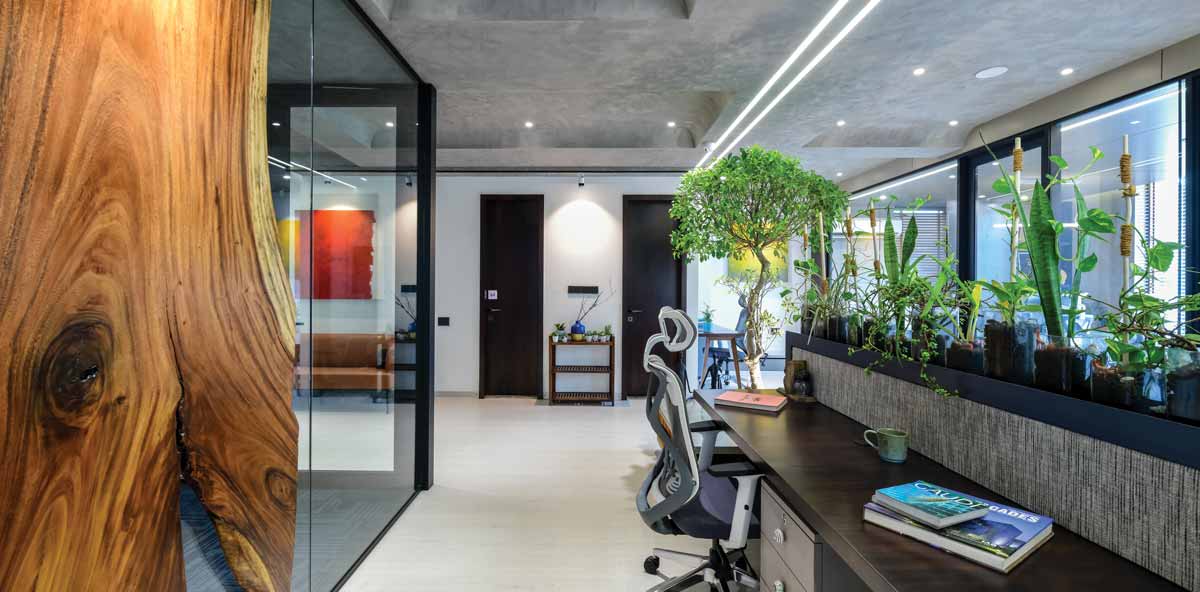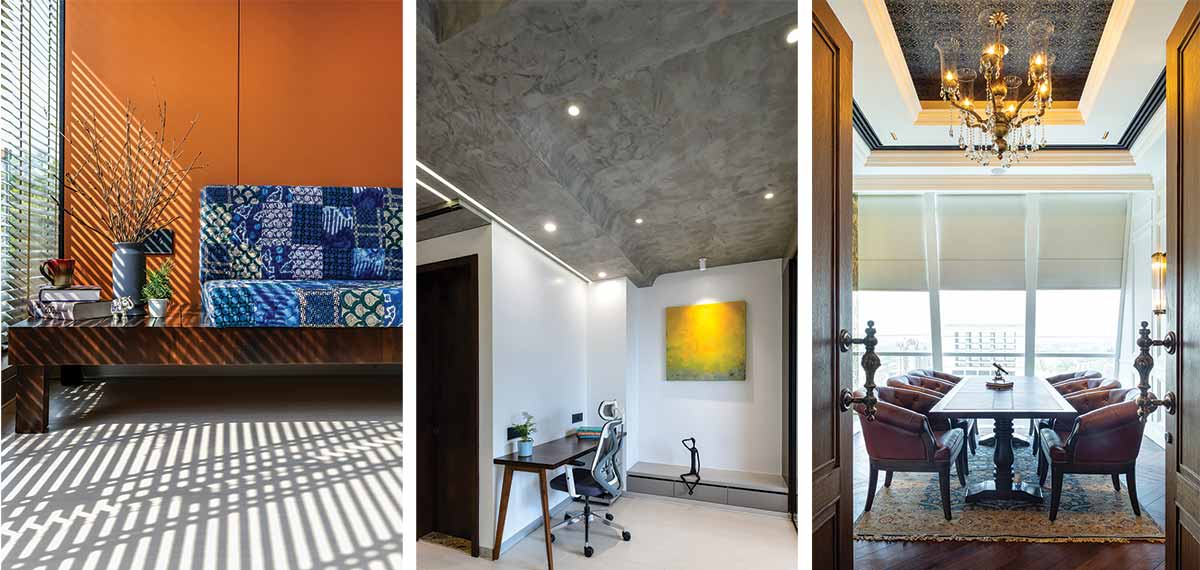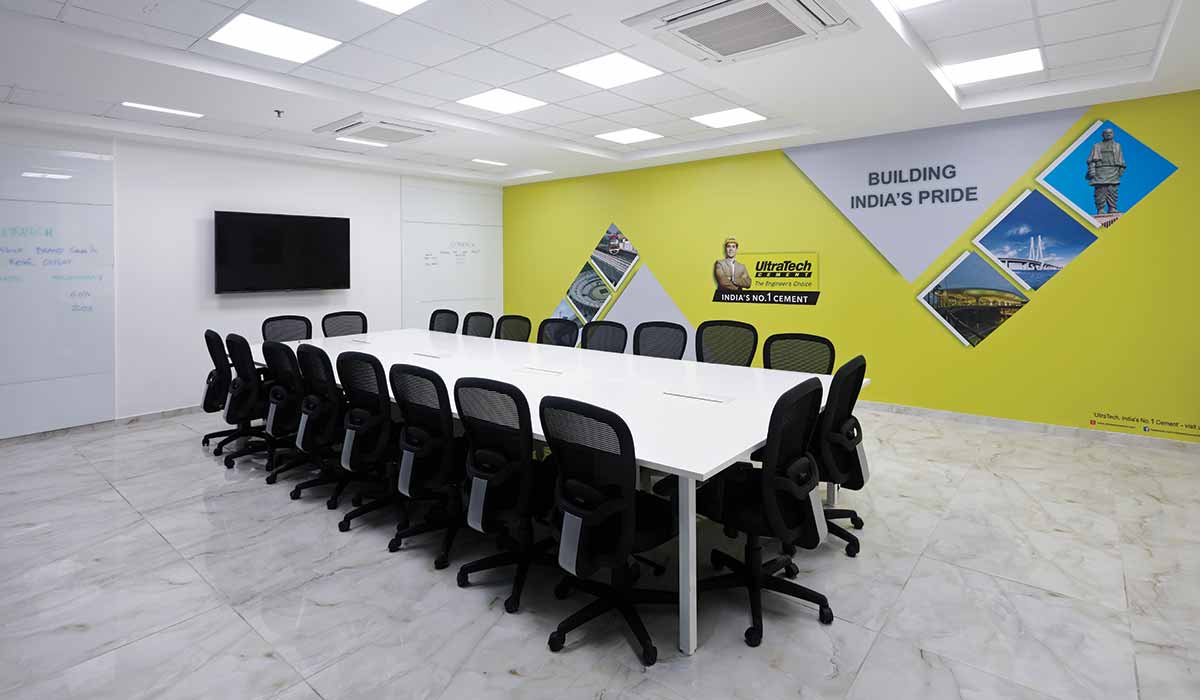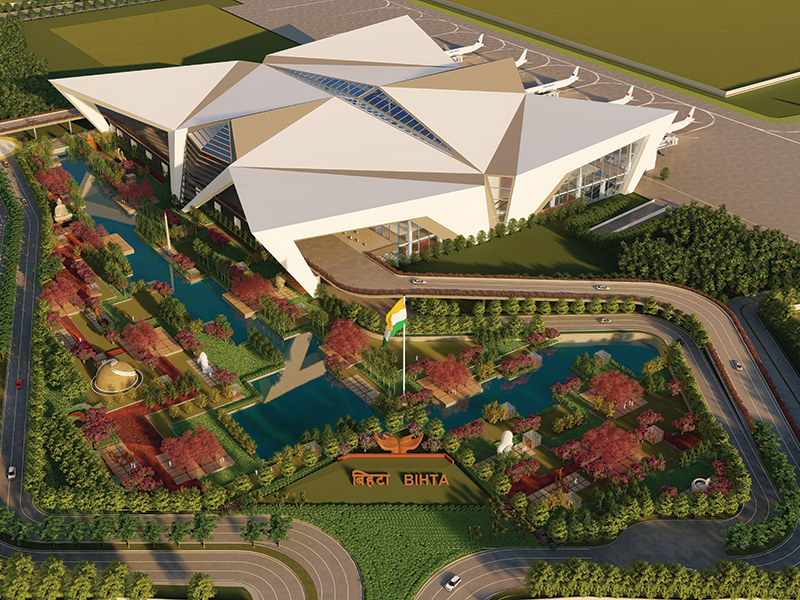
The ‘Healthy Workplaces for Healthier People’ study assesses the indoor environment in India’s workspaces and highlights the correlation between indoor spaces and occupants’ health and well-being, and that there is considerable room for improvement when it comes to maintaining a healthy indoor environment.
The study reveals that offices in India are unable to maintain a healthy indoor environment due to the presence of non-compliant indoor air contaminants like carbon dioxide and nitrogen dioxide, followed by particulate matter (PM) and formaldehyde. Poor lighting and lack of access to good outdoor views were other prevalent issues.

Spanning a pre-pandemic timeframe, the study involved an evaluation of 30 offices located in nine cities covering three major climatic zones and included a mix of green certified and non-certified spaces owned by private and government agencies. Building data collected from project teams and professionals who work at the buildings along with onsite measurements and inspection; and occupant feedback was analysed.
How buildings are designed, built, and operated has a direct effect on our health and productivity. The Covid-19 pandemic has heightened the need for safe and healthy workspaces and businesses must ensure occupant safety by pursuing and maintaining high quality workplaces. I am hopeful that this study will persuade decision-makers to prioritize workplace health and safety and pursue a people-driven approach to space design and maintenance
Mili Majumdar, MD - GBCI India and Senior VP - USGBC
The study evaluated important parameters such as indoor air quality, lighting, access to outdoor views, thermal comfort, and acoustics that define workspace quality. Both indoor-generated contaminants and those entering from the outdoors were a concern. However, the study revealed that critical indoor parameters like air quality and lighting were primarily unnoticeable by occupants. Despite poor lighting and air quality observed, 76% of people reported satisfaction with lighting and 68% with air quality, highlighting that occupants’ perception does not accurately reflect IEQ performance. This indicates how critical it is to regularly monitor the IEQ performance and to educate occupants on its impact on their short and long-term health.
The insights from this study will help us design and implement better and safer workspaces by understanding the diverse needs, end uses, climatic conditions, designs, and choice of materials during construction and across the building’s lifetime, and even more so now, as expectations from workplace environments are destined to change in the post-pandemic world
Unnikrishnan AR, MD - Saint-Gobain India, Glass Business

Findings From The Study
- Inadequate design, poor operation and maintenance practices and building managers’ and occupants’ lack of awareness of IEQ are the reasons behind poor-quality indoor environments in most offices.
- Both indoor-generated contaminants and those entering from outdoors were a concern.
- CO2 levels, which are generally used to evaluate the ventilation adequacy of any space, were found to be higher than the recommended threshold in 75% of the office spaces. Offices that accurately measured CO2 levels through sensors were able to maintain adequate levels.
- 67% offices had NO2 levels higher than the recommended threshold. Chemical filters that can remove NO2 from outdoor air were found in only 10% of the spaces.
- The concentration of PM, which is a major health risk in most urban areas, was higher than the threshold in 63% of spaces and 40% of the spaces did not have filters installed to trap fine particulate matter (PM2.5).
- Offices with well-maintained ventilation systems were able to filter out the PM particles adequately when the outdoor pollution levels were at ‘moderate level’. When it goes beyond, it is recommended to use additional filtration technologies.
- 45% respondents reported experiencing eye irritation, fatigue, dizziness, coughing and other symptoms which can be attributed to poor indoor air quality.
- 64% of offices had lighting levels lower than recommended.
- Only 10% of offices met the standard for Equivalent Melanopic Lux (EML) during morning hours. EML is described as a way of measuring the biological effects of light on humans.
- In some offices, Task/Desk lighting was provided to improve the lighting levels; however, it was observed that the occupants were not using it.
- 60% respondents reported problems like eye strain, which is due to low lighting conditions.
- 74% of people reported no external views or only poor-quality views from their workstations.
- People with good outdoor views had higher energy levels at the end of the day and reported fewer sleep-related problems.
- Occupants having no or partial control over the temperature set points resulted in thermal discomfort.
- In most buildings studied, the thermal conditions were controlled centrally by the building management system. In most cases, only the meeting rooms had a thermostat whose setting could be modified by the occupants. In open office spaces, the facilities team controlled the thermostat temperature set points. This led to overcooled or undercooled spaces and resulted in occupant discomfort.
- While the occupants’ perception indicated a preference for slightly warmer spaces, 56% of the spaces operated on the cooler side of the comfort zone. Therefore, operating buildings on the warmer side of the comfort zone will keep occupants happy and also result in significant energy savings.
- In 73% of spaces, levels of interior background noise were higher than the standard threshold.
- The proximity of HVAC equipment, inadequate noise isolation for the equipment room, and exposed ceiling with open ductwork were the main reasons for high interior noise levels.
- Ceilings treated with Acoustics tiles performed best in optimizing the echo or Reverberation Time (RT) in the space.









